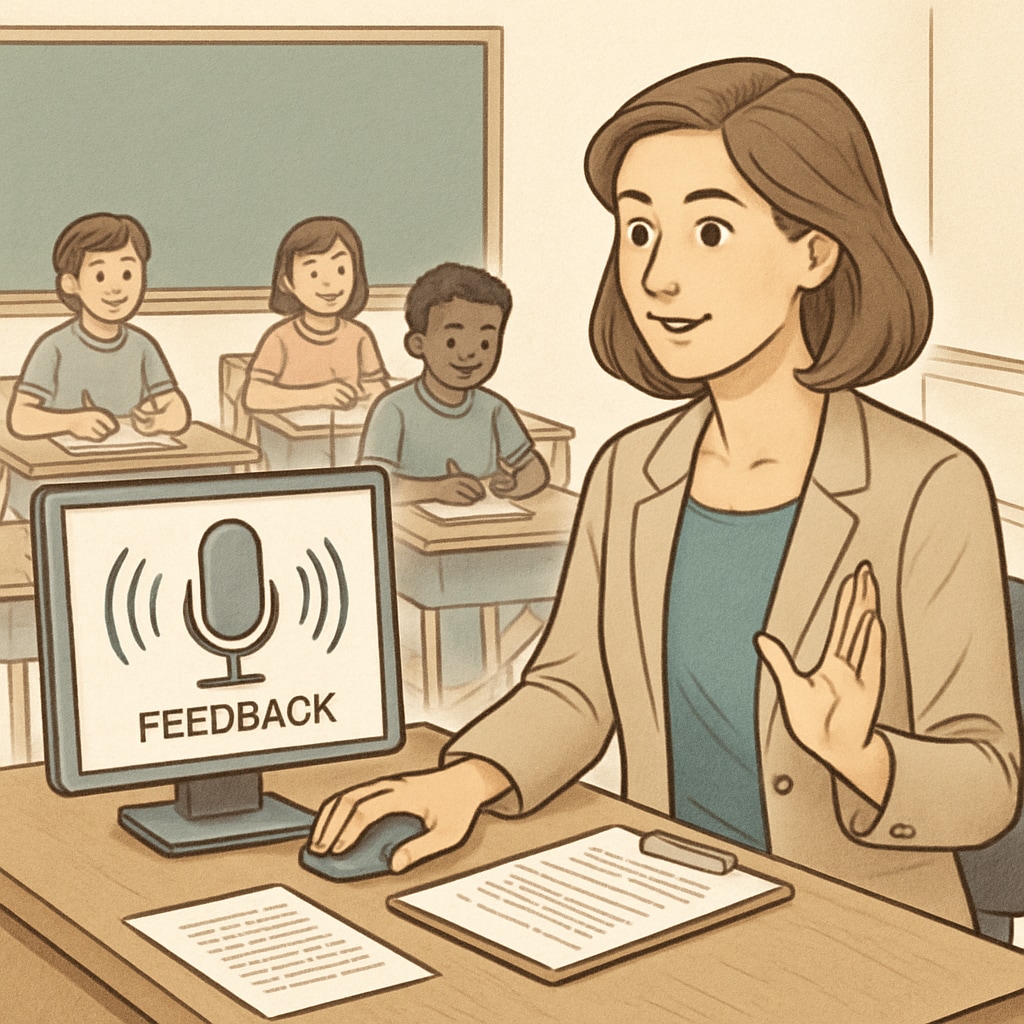In the world of K-12 education, where teachers juggle lesson plans, assessments, and administrative paperwork, tools like WillowVoice are proving to be game-changers. By leveraging voice recognition technology, educators can significantly reduce their reliance on manual documentation, streamline workflows, and focus their energy on delivering high-quality education. This shift from “writing” to “speaking” is redefining how teachers approach their daily tasks, freeing them from administrative overload and enhancing their teaching efficiency.
Streamlining Administrative Tasks with Voice Recognition Tools
One of the most time-consuming aspects of a teacher’s day involves administrative work—whether it’s filling out attendance records, preparing lesson plans, or documenting student progress. Voice recognition tools such as WillowVoice allow teachers to dictate notes, reports, or even entire lesson plans with ease. Instead of spending hours typing, teachers can now convert spoken words into text in real time, saving valuable time and effort.
Beyond saving time, these tools also improve accuracy. For example, WillowVoice uses advanced algorithms to recognize and transcribe speech with high precision, minimizing errors that often occur in manual input. This feature is particularly beneficial during parent-teacher conferences, where teachers can quickly summarize discussions and share them with parents without needing to write lengthy follow-ups.

Empowering Teachers to Focus on Teaching
Administrative tasks often take away precious hours that teachers could otherwise dedicate to classroom interactions and student engagement. By adopting voice recognition technology, educators can reclaim this time. WillowVoice, for instance, enables teachers to create lesson plans, grade assignments, and record observations—all through simple voice commands. As a result, teachers can spend more time developing creative teaching strategies and addressing individual student needs.
Additionally, these tools make multitasking more feasible. Imagine a scenario where a teacher is reviewing student assignments while simultaneously dictating feedback through a voice recognition system. This process not only enhances efficiency but also ensures that teachers remain fully engaged with their students instead of splitting attention between teaching and paperwork.

Real-Life Applications in K-12 Education
The impact of voice recognition technology extends beyond individual tasks; it transforms the entire workflow of educators. For instance, in schools that have adopted WillowVoice, teachers report spending 30% less time on administrative duties. This saved time is often redirected toward personalized teaching efforts, collaborative projects, or professional development.
Consider the example of Ms. Carter, a middle school English teacher who struggled with the documentation demands of her profession. After implementing WillowVoice, she was able to dictate detailed student progress reports, freeing up hours each week. This allowed her to focus on creating more interactive lessons and providing one-on-one support to students who needed it most.
Furthermore, voice recognition tools are increasingly being integrated into broader educational technologies, such as learning management systems (LMS) and grading platforms. These integrations allow teachers to seamlessly transition between tasks without switching devices or software, creating a unified and efficient workflow.
The Future of Voice Recognition in Education
As voice recognition technology continues to evolve, its applications in education are expected to expand. Features like multilingual support, contextual understanding, and integration with AI-powered analytics will further enhance the capabilities of tools like WillowVoice. Future developments may even allow teachers to analyze student performance trends or predict learning outcomes simply by dictating observations.
Moreover, as more schools recognize the value of reducing administrative burdens, voice recognition technology is likely to become a staple in classrooms worldwide. By prioritizing tools that enhance efficiency and minimize stress, educational institutions can empower teachers to focus on what truly matters: inspiring and educating the next generation.
In conclusion, voice recognition tools like WillowVoice are reshaping the K-12 education landscape. By reducing administrative workloads, improving multitasking capabilities, and enhancing overall workflow efficiency, these technologies allow teachers to reclaim time and energy for meaningful teaching. It’s a shift that promises not only improved productivity but also a brighter, more engaging educational experience for students.
Readability guidance: The article uses concise paragraphs, lists, and transitions to ensure clarity. Active voice is prioritized, and technical terms are explained for accessibility. Images complement the text and highlight real-world applications of voice recognition technology.


